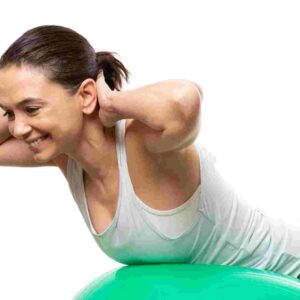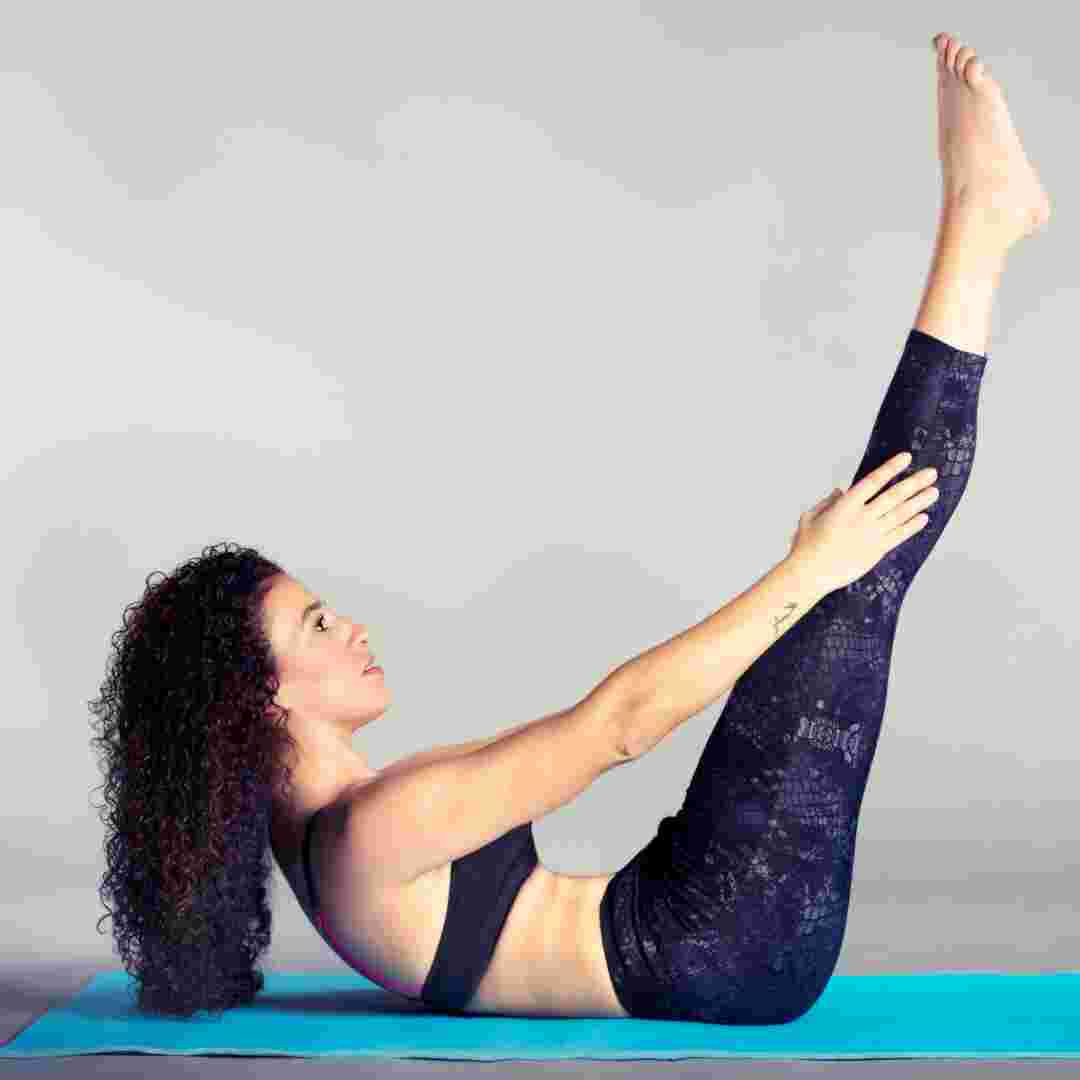Contents Table
Introduction
5 Common Pilates Pain Causes
Understanding Pilates Good and Bad Pain
Pilates Practise Modifications to Avoid Pain and Injury
Q&A
Conclusion
Says: "No pain, no gain: Understanding the discomfort of Pilates."
Introduction
Pilates is a popular exercise that strengthens core muscles, improves flexibility, and aligns the body. Although Pilates is low-impact, some people may suffer discomfort or pain during or after a session. This article discusses why Pilates may hurt and how to relieve it.
5 Common Pilates Pain Causes
Pilates, a century-old exercise, is popular. This low-impact workout strengthens core muscles, improves flexibility, and raises body awareness. Many Pilates practitioners endure pain or discomfort during or after their workouts. This article discusses five typical Pilates pain causes.
1. Poor Form
Poor form is a major source of Pilates pain. For safety and effectiveness, Pilates requires precise movements and alignment. Failure to do the exercises properly may strain your muscles and joints, causing pain and suffering. Work with a trained Pilates instructor to learn proper form and technique to avoid injury.
2. Overuse
Overuse can also create Pilates pain. Repetitive Pilates movements can strain muscles and joints. Too many repeats or not enough rest and recovery can cause pain. Avoid overuse injuries by listening to your body and taking breaks.
3: Muscle imbalances
Pilates pain can also result from muscle imbalances. Pilates strengthens core muscles, but muscular imbalances can overwork some muscles and underwork others. This can hurt overworked muscles. Working with a trained Pilates instructor who can diagnose your muscle imbalances and build a customised workout plan is crucial.
4. Tight Muscles
Pain from tight muscles can also occur during Pilates. Pilates requires flexibility, and tight muscles can make it difficult to perform, causing pain and suffering. Regular stretching and flexibility work can prevent stiff muscles.
5. Prior Injuries
Finally, pre-existing injuries can cause Pilates pain. Pilates may worsen older injuries including back and knee discomfort. Working with a certified Pilates instructor who can alter workouts to accommodate your ailment and prevent further harm is crucial.
In conclusion, Pilates is a terrific exercise that can be beneficial but also painful if done incorrectly. Pilates can be done without pain or discomfort by working with a trained instructor, focusing on good form and technique, avoiding overuse, resolving muscular imbalances, developing flexibility, and accommodating pre-existing ailments. Remember to listen to your body and take rests to avoid overuse problems. Pilates may safely and effectively improve your health and fitness with the appropriate approach.
Understanding Pilates Good and Bad Pain
Pilates, a century-old exercise, is popular. This low-impact workout strengthens core muscles, improves flexibility, and raises body awareness. Many Pilates practitioners endure discomfort or agony during workouts. Why does Pilates hurt?
Pilates distinguishes between good and bad pain. Good pain comes from hard muscle work and is not harmful. This pain indicates physical challenge and improvement. However, bad pain is severe, stabbing, or injurious. This form of pain indicates overexertion and should be stopped immediately.
Pilates demands attention and control, which may hurt. Pilates exercises are slow and deliberate, requiring long muscle engagement. This might produce muscle tiredness and soreness, especially if you're new to Pilates or have rarely exercised.
Pilates focuses the core muscles, which are vital to the body, which may ache. Core muscles comprise abdominals, back, and pelvic floor. These muscles stabilise the spine and pelvis, ensuring appropriate posture and balance. If these muscles are weak or undeveloped, working them may cause pain.
Pilates also involves muscle stretching and lengthening, which can be uncomfortable. Stretching increases flexibility and range of motion, but it can also induce muscle discomfort, especially if you don't stretch often.
Pilates should not hurt sharply. This ache indicates that you are doing something wrong or pushing your body too hard. Listen to your body and quit if you feel abnormal pain.
Starting softly and increasing intensity will help you avoid Pilates pain. Avoiding injury requires appropriate form and technique. If you're new to Pilates, take a class or work with a trained instructor to verify you're executing the movements correctly.
In conclusion, Pilates may induce soreness or discomfort but not acute pain. Good pain indicates that you are challenging your body and progressing, whereas terrible pain indicates that you should stop immediately. Pilates should be done carefully, correctly, and in tune with your body to avoid pain. Time and practise can increase your strength, flexibility, and body awareness with Pilates.
Pilates Practise Modifications to Avoid Pain and Injury
Pilates, a century-old exercise, is popular. This low-impact workout strengthens core muscles, improves flexibility, and raises body awareness. Many Pilates practitioners endure pain and discomfort during and after exercises. This article will explain why Pilates hurts and how to alter your practise to avoid damage.
Pilates is difficult and demands strength and flexibility, which might hurt. Many workouts require long holds, which can strain muscles and joints. Pilates also involves unfamiliar motions, which can cause muscle tightness and discomfort.
Poor form or technique can also cause Pilates pain. For safety and effectiveness, Pilates requires precise movements and alignment. If you use improper form, you may stress your muscles and joints, causing pain and injury.
To avoid discomfort and damage during Pilates, tailor your routines to your requirements and skills. Here are some Pilates practise modification tips:
1. Start Slowly: If you're new to Pilates or haven't exercised, start slowly and gain strength and flexibility. Practise appropriate form and technique with introductory exercises before progressing to more difficult ones.
2. Listen to Your Body: Notice how you feel during and after Pilates. Reduce or stop exercising if you feel pain. Take a pause and resume exercise when you feel better rather than pushing through pain and risking damage.
3. Use Pilates Props: Blocks, belts, and balls can make workouts easier. A strap might help you reach your toes in a seated forward fold if your hamstrings are tight.
4. Work with a Qualified Instructor: A Pilates instructor can help you tailor workouts to your skills. For pain and injury prevention, they can advise on good form and technique.
5. Warm Up and Cool Down: Before and after Pilates, warm up and cool down. This reduces muscular discomfort, stiffness, and injury risk.
In conclusion, Pilates can be hard and enjoyable, but improper practise can bring discomfort and damage. You can avoid pain and injury and enjoy Pilates' numerous benefits by adjusting your workouts to your requirements and skills, listening to your body, utilising supports, working with a competent instructor, and warming up and cooling down properly.

Q&A
1. Why is Pilates painful?
Due to activating non-useful muscles, Pilates can induce muscle tightness and discomfort.
2. Is Pilates pain normal?
After a Pilates workout, you may feel painful or uncomfortable, especially if you're new or haven't exercised recently.
3. How can I avoid Pilates pain?
Starting softly and increasing intensity will help you avoid Pilates discomfort. Correct form and alignment can prevent injury and discomfort.
Conclusion
Pilates can hurt due to improper form, overexertion, muscle soreness, or injury. Listen to your body, start cautiously, and consult a trained teacher to avoid injuries and ensure appropriate technique. Pilates improves flexibility, strength, and well-being with regular practise and form.


